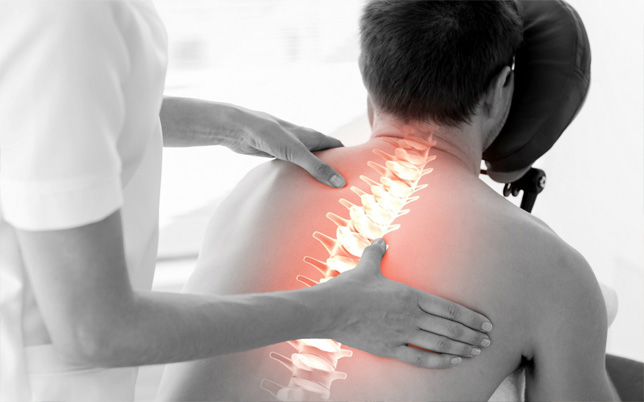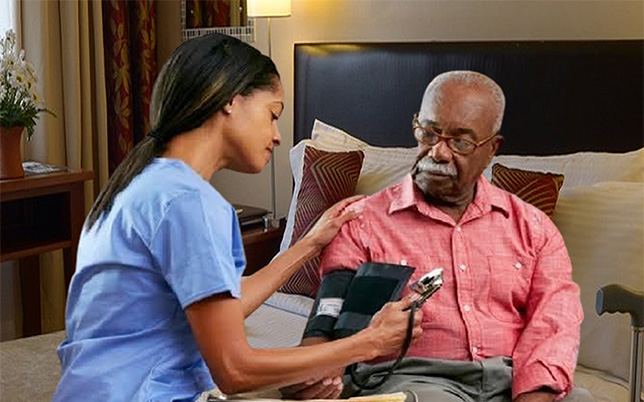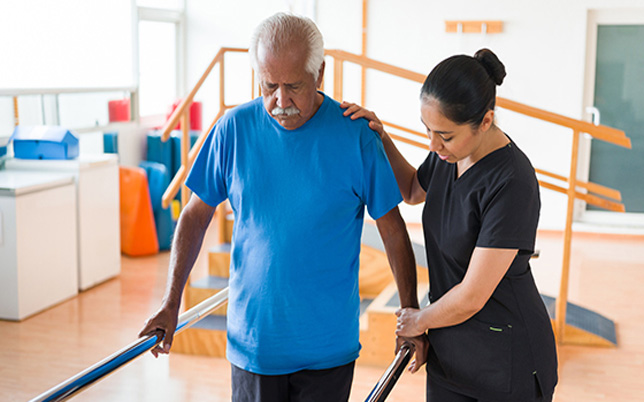Active Exercise Physiotherapy:
Active exercise physiotherapy involves the prescription of targeted and controlled exercises as a core component of the rehabilitation process. This approach empowers patients to actively participate in their recovery, promoting strength, flexibility, and functional movement.

Smile Again Physiotherapy Clinic’s Approach:
1. Patient-Centered Assessment:
- Individualized Evaluation: Conducting a thorough assessment to understand the patient’s medical history, current condition, and specific rehabilitation goals.
- Functional Movement Assessment: Analyzing movement patterns and identifying areas of weakness or imbalance.
2. Collaborative Goal Setting:
- Patient Input: Involving the patient in setting realistic and achievable rehabilitation goals.
- Long-Term Planning: Establishing a roadmap for progress, with short-term and long-term goals.
3. Tailored Exercise Prescription:
- Specific to Condition: Designing exercise programs tailored to the patient’s specific condition, whether it’s a musculoskeletal injury, chronic pain, or post-surgical rehabilitation.
- Progressive Loading: Gradually increasing the intensity and complexity of exercises as the patient progresses.
4. Education and Empowerment:
- Understanding the Body: Educating patients about their condition, the importance of exercise, and how specific exercises contribute to their recovery.
- At-Home Exercises: Providing patients with exercises they can perform at home to integrate rehabilitation into their daily routine.
5. Functional Movement Training:
- Real-Life Applications: Incorporating exercises that mimic real-life movements and activities relevant to the patient’s daily life or sports activities.
- Task-Specific Training: Developing exercises that address the functional requirements of the patient’s work or hobbies.
6. Progressive Rehabilitation:
- Phased Approach: Structuring rehabilitation programs in phases, starting with foundational exercises and progressing to more complex movements.
- Monitoring Progress: Regularly assessing and adjusting the exercise program based on the patient’s response and progress.
7. Manual Guidance and Correction:
- Hands-On Assistance: Offering manual guidance to ensure proper form and technique during exercises.
- Correction Strategies: Providing feedback and correction to prevent the development of compensatory movements.
8. Technology Integration:
- Exercise Apps: Recommending and utilizing exercise apps or digital platforms to guide patients through their home exercise programs.
- Telehealth Sessions: Conducting virtual sessions for remote guidance, exercise demonstrations, and progress assessment.
9. Motivational Support:
- Positive Reinforcement: Offering positive reinforcement to motivate patients to stay consistent with their exercise routines.
- Celebrating Achievements: Recognizing and celebrating milestones and achievements in the rehabilitation journey.
10. Long-Term Wellness Focus:
- Lifestyle Integration: Providing guidance on maintaining an active and healthy lifestyle beyond the rehabilitation period.
- Preventive Strategies: Educating patients on strategies to prevent future injuries and maintain optimal physical well-being.
Conclusion:
At Smile Again Physiotherapy Clinic, our active exercise physiotherapy approach is centered around empowering our clients to take an active role in their rehabilitation journey. Through personalized assessment, collaborative goal-setting, and tailored exercise prescription, we aim to not only address current conditions but also foster long-term wellness. By integrating education, technology, and motivational support, we strive to make the rehabilitation process engaging, effective, and empowering for each individual we serve.



